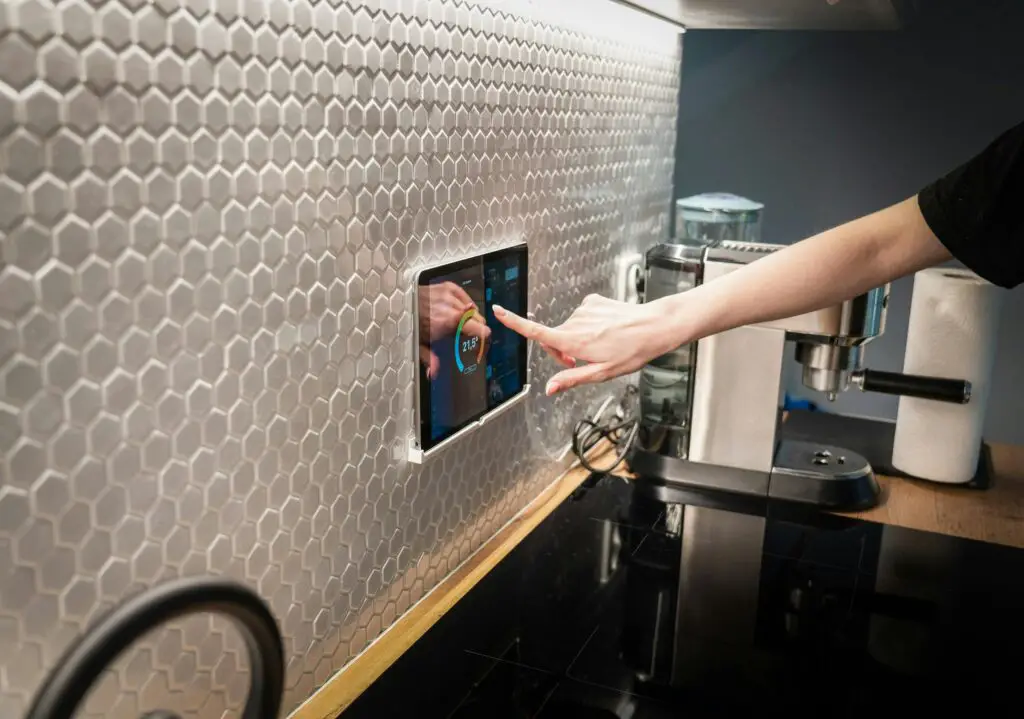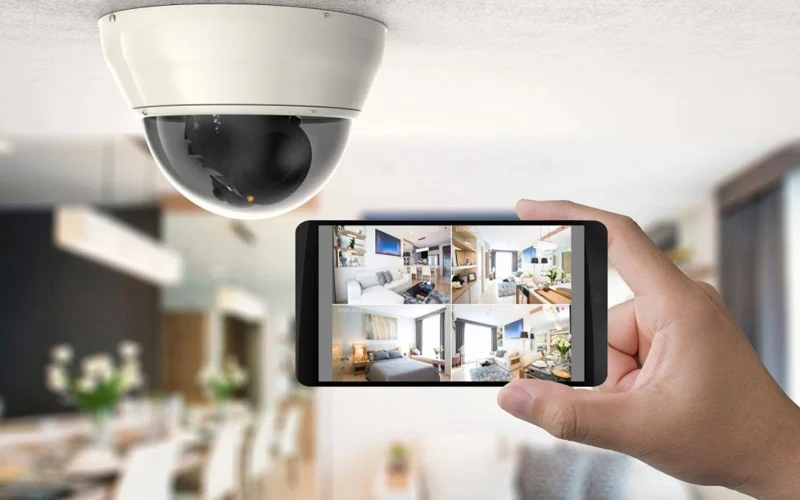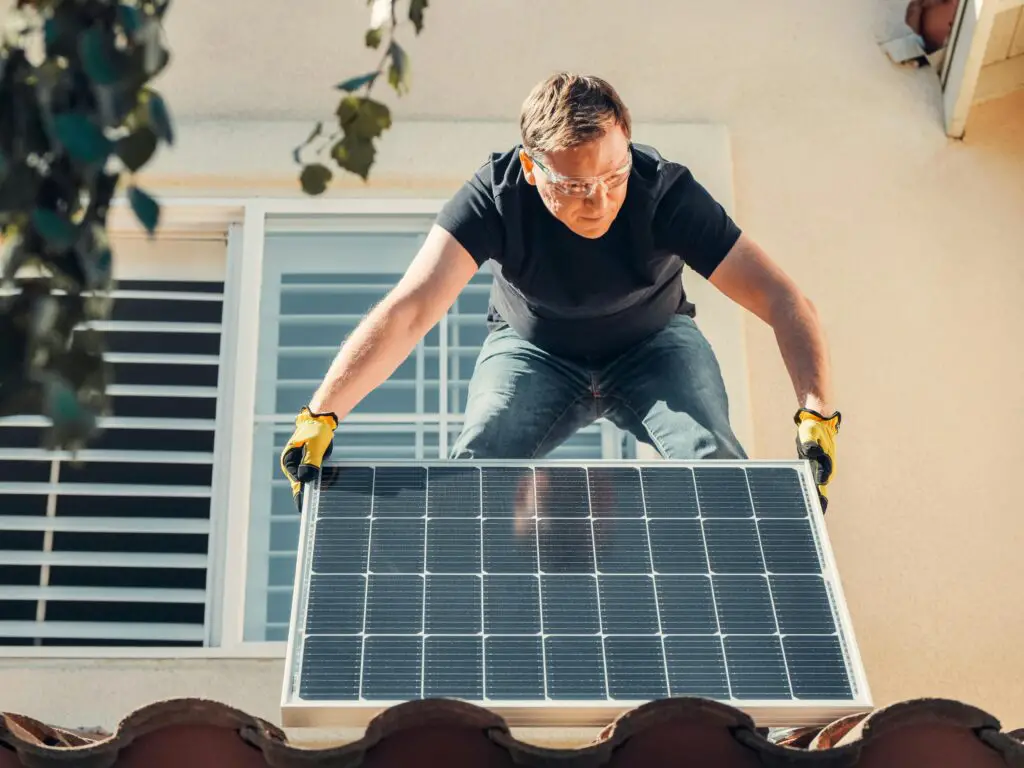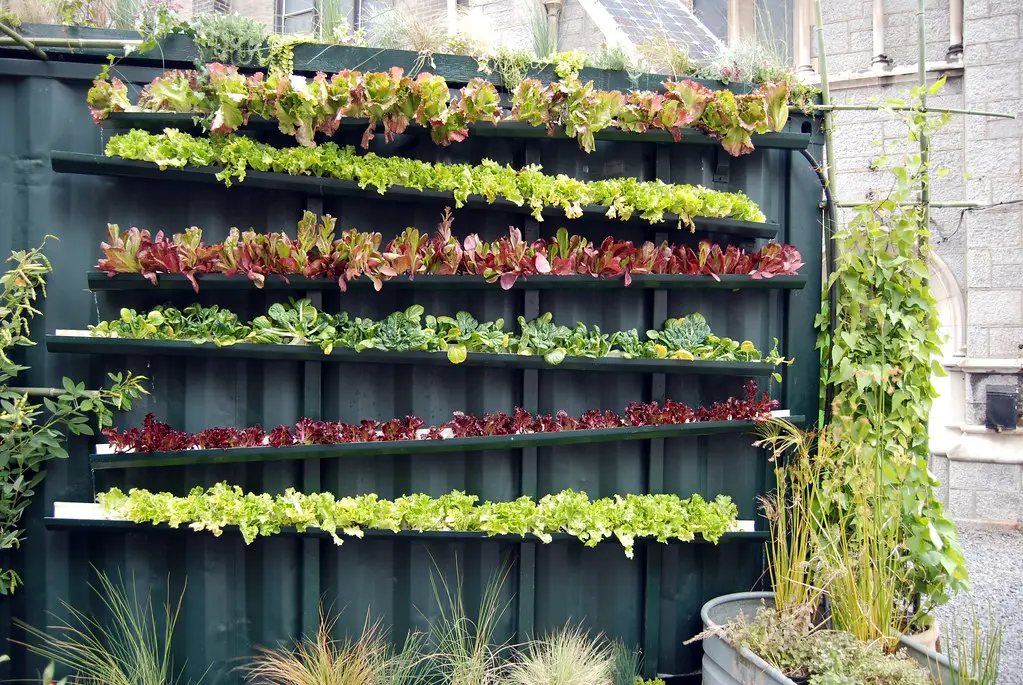Smart home technology isn’t just about asking Alexa to turn on the lights anymore. In 2025, the next wave of innovations promises to blend convenience, sustainability, and even emotional intelligence in ways that might sound straight out of sci-fi. From AI-powered appliances to privacy-first security systems, these emerging tools are designed to make daily life smoother—and maybe even a little smarter. Whether you’re a tech enthusiast or just tired of flipping switches, these up-and-coming gadgets are worth watching.
1. AI-Powered Home Management Systems

Artificial Intelligence (AI) is revolutionizing how homeowners interact with their living spaces. These systems, such as Google Home and Amazon Alexa, are becoming more intuitive, learning user preferences to create highly personalized experiences. Beyond simple voice commands, AI home systems now integrate with appliances, security systems, and energy solutions to optimize daily routines.
For instance, AI can predict energy usage patterns and adjust lighting or HVAC systems for maximum efficiency. According to TechCrunch, upcoming advancements will enable these systems to troubleshoot and resolve technical issues without human intervention. AI-powered homes are evolving into self-sustaining entities, making them a central feature of smart living in 2025.
2. Smart Water Management Systems

With increasing water scarcity concerns, smart water management systems are gaining traction in households. These systems monitor water usage in real-time, detect leaks, and suggest conservation techniques tailored to the homeowner’s habits. Advanced models even recycle greywater for irrigation or non-potable use, significantly reducing wastage.
Companies like Flo by Moen and Phyn are leading the charge in this space, offering user-friendly solutions that integrate seamlessly with existing plumbing. According to Energy.gov, these systems can save homeowners thousands of gallons of water annually. Expect these innovations to become standard as sustainability continues to dominate consumer priorities.
3. Smart Kitchen Appliances

Smart refrigerators, ovens, and dishwashers are redefining kitchen functionality. These appliances come equipped with Wi-Fi connectivity, allowing users to control them remotely and receive alerts about maintenance or inventory needs. For example, a smart fridge can notify you when groceries are running low or suggest recipes based on available ingredients.
Brands like Samsung and LG are introducing AI-driven features, such as voice-guided cooking instructions and adaptive energy-saving modes. As noted by CNET, these devices aren’t just about convenience—they also promote healthier eating and waste reduction. The smart kitchen is poised to be a focal point of high-tech homes.
4. Home Health Monitoring Systems

Incorporating health-focused technologies into homes is becoming increasingly popular. Smart home systems now include air quality monitors, UV sanitization systems, and even sleep tracking devices integrated into furniture. These technologies aim to create healthier living environments while addressing common wellness concerns.
Some systems, like Molekule air purifiers, use cutting-edge technology to destroy airborne pollutants, while others analyze real-time data to adjust settings for optimal comfort. According to Healthline, these features are particularly appealing to families and individuals with chronic health conditions. Home health monitoring is no longer a luxury—it’s a necessity for modern living.
5. Advanced Security Systems with Facial Recognition

Home security has evolved far beyond basic alarm systems. Modern setups include AI-powered facial recognition, motion detection, and real-time alerts sent directly to your smartphone. Some systems even integrate with drones for aerial surveillance of larger properties.
Brands like Ring and SimpliSafe are expanding their offerings to include proactive threat detection and automated response features. According to Forbes, these advancements provide unmatched peace of mind for homeowners. With crime prevention at the forefront, smart security systems are becoming essential investments for every household.
6. Integrated Solar Technology

Smart homes are now leveraging solar energy in innovative ways. Integrated systems connect solar panels with smart energy management platforms, allowing homeowners to track energy generation and consumption in real-time. Battery storage solutions ensure uninterrupted power even during outages.
Companies like Tesla’s Solar Roof have made solar integration more aesthetically pleasing and efficient than ever before. These technologies are making renewable energy accessible to a broader audience. Solar-powered smart homes are setting new standards for sustainability and efficiency.
7. Smart Windows and Shades

Smart windows and shades are transforming how we interact with natural light. Electrochromic glass can adjust its tint based on sunlight intensity, reducing glare and heat gain. Smart shades, such as those by Lutron, can be programmed to open and close at specific times or in response to environmental cues.
These technologies improve energy efficiency by reducing the reliance on artificial lighting and HVAC systems. They also enhance privacy and aesthetics, making them a must-have for modern homes. Expect these features to become more common as homeowners prioritize comfort and sustainability.
8. Voice-Controlled Smart Mirrors

Smart mirrors equipped with voice control and AI are turning bathrooms and bedrooms into high-tech hubs. These mirrors display weather updates, calendars, and even fitness stats while doubling as traditional mirrors. Some models, like those by Capstone Connected, include built-in virtual assistants for seamless multitasking.
Incorporating smart mirrors into homes adds convenience and luxury to daily routines. These devices are especially popular in beauty and fitness-focused households. Smart mirrors are set to redefine personal grooming and home technology integration.
9. Robotic Home Assistants

Robotic home assistants are advancing beyond simple vacuuming tasks to perform a variety of household chores. From mopping floors to organizing groceries, these devices are designed to simplify daily life. High-tech robots like iRobot’s Roomba and Samsung’s JetBot AI+ are leading this innovation.
Some models even include home monitoring features, such as cameras and motion sensors, enhancing security. Robotic assistants are expected to become more versatile and affordable in the coming years. They represent a significant leap in smart home automation.
10. Dynamic Smart Lighting Systems

Dynamic lighting systems adapt to user preferences and circadian rhythms, promoting better sleep and productivity. These systems allow homeowners to customize lighting intensity, color temperature, and schedules through smartphone apps or voice commands.
Philips Hue and LIFX are popular choices for their versatility and integration capabilities with other smart devices. Dynamic lighting enhances ambiance and energy efficiency, making it a valuable addition to any smart home.
11. Home Entertainment Hubs with AR and VR

Smart homes are integrating augmented reality (AR) and virtual reality (VR) into entertainment setups. These technologies enhance gaming, movie watching, and even virtual fitness experiences, creating immersive environments.
Brands like Oculus and Sony are driving innovation with systems that sync seamlessly with smart TVs and speakers. AR and VR are transforming home entertainment into a highly interactive experience. These hubs are becoming central to tech-savvy households.
12. Hydroponic Indoor Gardens

Hydroponic gardening systems are enabling homeowners to grow fresh produce indoors without soil. These setups use nutrient-rich water solutions and LED lights to cultivate plants year-round, regardless of climate. Smart systems like AeroGarden automate the process, making urban farming accessible to all.
Hydroponic gardens are gaining popularity as more people embrace sustainability and self-sufficiency. These systems combine convenience with environmental consciousness, making them an ideal addition to smart homes.
